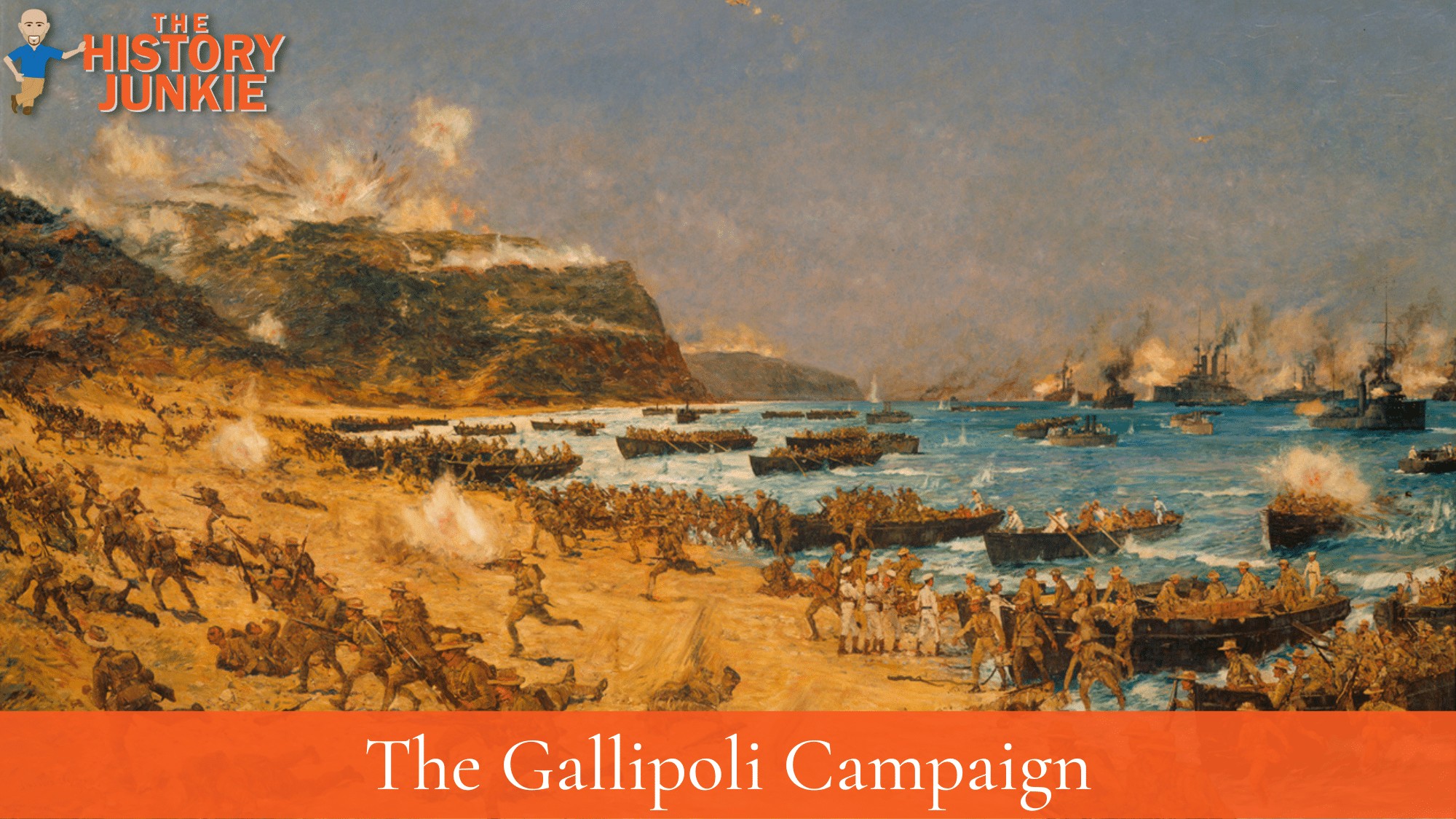
Jump to:
- Common Questions
- #1. Success In the Gallipoli Campaign Hinged On The Quick Fall Of The Ottoman Empire
- #2. The Straits Were Strategic
- #3. Initial Naval Attacks Were Ineffective
- #4. The Allied Ground Forces Were Defeated After Initial Success
- #5. Winston Churchill Resigns In Disgrace
- #6. The Summer Led To More Allied Defeats
- #7. Salonika Caused The Gallipoli Campaign To End
- #8. Evacuation Was The Most Successful Part Of The Campaign
Common Questions
Where Was The Gallipoli Campaign Fought?
It took place in the Ottoman Empire, which is modern-day Turkey. It received the name Gallipoli because it was fought on the Gallipoli Peninsula.
When Did The Gallipoli Campaign Occur?
February 17, 1915 - January 9, 1916
What Was The Purpose Of The Gallipoli Campaign?
Success in the Gallipoli Campaign would give the Allied Powers control over the strategic Dardanelles and Bosporus straits, which would make it easier to launch an assault on Constantinople. It would also give them a warm trade route to supply Russia, which could then attack Austria-Hungary and shorten the war.
What Was The Result Of The Campaign?
It was a disaster for the Allies and became an Ottoman victory, which is still celebrated in Turkey to this day. It also caused damage to a young leader named Winston Churchill.
#1. Success In the Gallipoli Campaign Hinged On The Quick Fall Of The Ottoman Empire
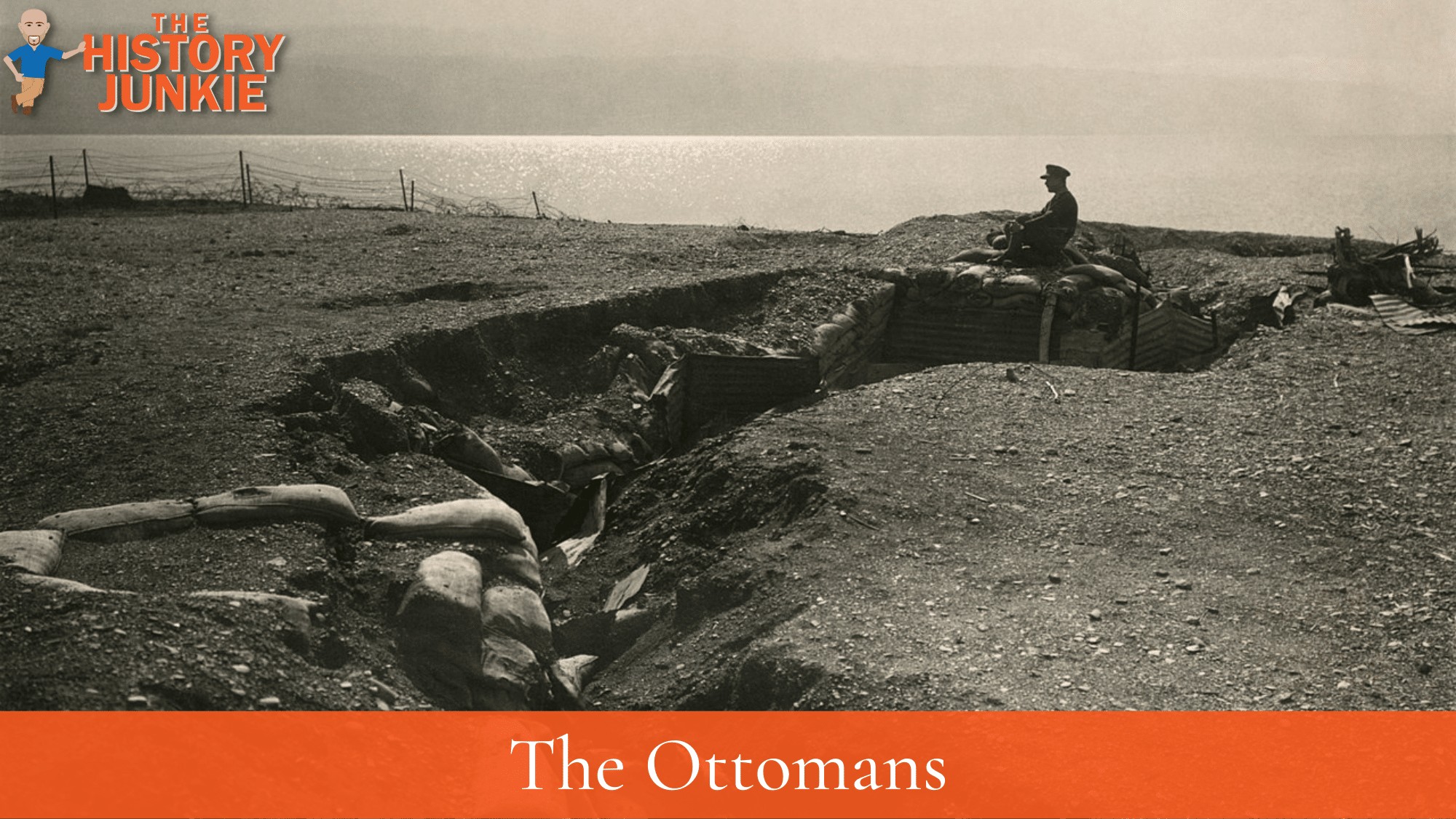
By 1915, World War 1 was at a stalemate on the western front. With little action, the Allies looked to open up another front.
Due to the appeal of Russian Grand Duke Nicholas, the Allies decided to launch an attack on the Ottoman Army. If they could score a quick victory and take control of the Dardanelles Straits, then it would give the Allies easy access to Russia.
This would allow the Allies to combine forces with Russia and quickly capture Constantinople. With the Ottoman Empire defeated, the two would then turn their forces towards Germany and Austria-Hungary.
#2. The Straits Were Strategic
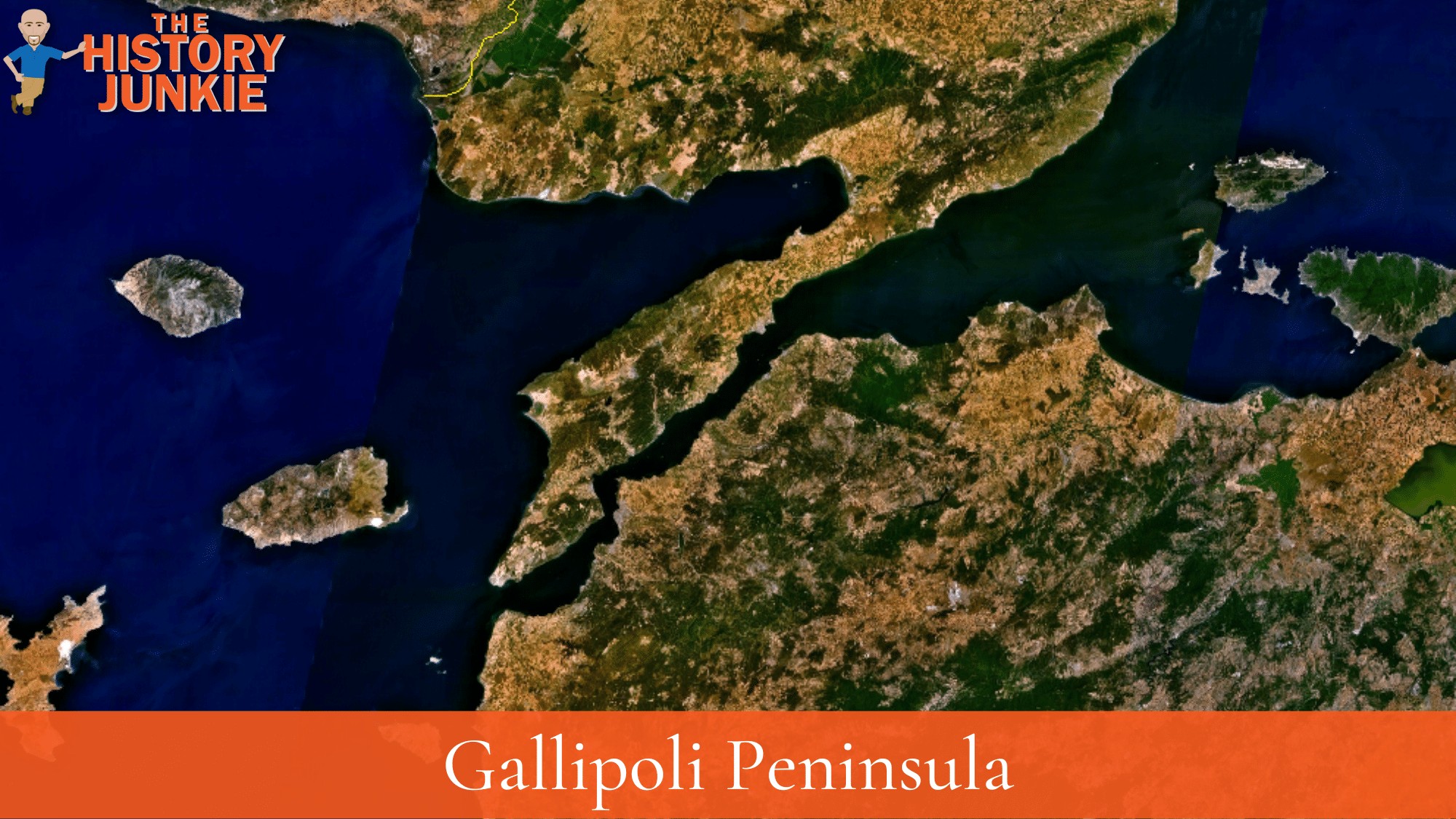
The Straits near Gallipoli were strategic and linked the Mediterranean Sea with the Seam or Marmora. This was key because whoever held those straits could have easy access to the Turkish capital, Constantinople.
Constantinople was an important industrial hub, and the city also gave access to the Black Sea, which would then make it easy for the Allies to supply Russia on the eastern front. The Sea of Marmora would also provide the allies with a route to Russia.
As pointed out above, a quick fall of the Ottomans was vital because with a quick fall of Turkey and control of these important seas would put more pressure on the Central Powers while also bringing Greece and Bulgaria in on the side of the allies.
#3. Initial Naval Attacks Were Ineffective
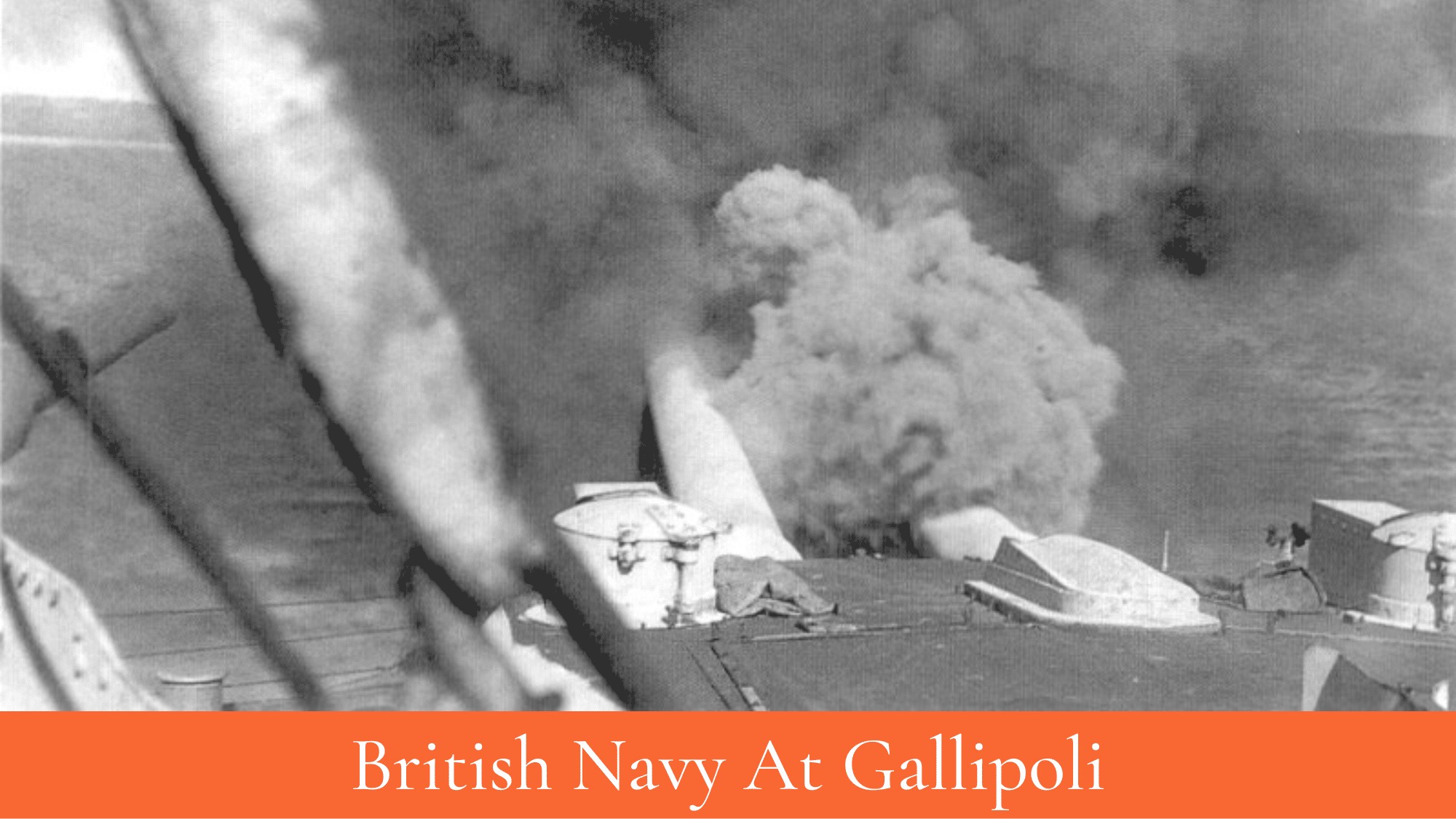
Winston Churchill seemed to be given permission to use spare British ships to try and take over the straits. By February 2015, he had begun planning the attack.
He believed he could initially take over Turkish force with Royal Navy ships and without the support of ground troops.
In late February and March of 2015, the Allies began to bombard Ottoman forts. They took some of the outer forts without much fighting but were unable to accomplish much else. The Turks fired heavy weapons from elevated positions and caused many casualties.
It became increasingly apparent that the Allies would need ground troops if they wanted to secure the area. 18,000 French troops were brought to the region, along with 75,000 untested Australian and New Zealand troops.
#4. The Allied Ground Forces Were Defeated After Initial Success
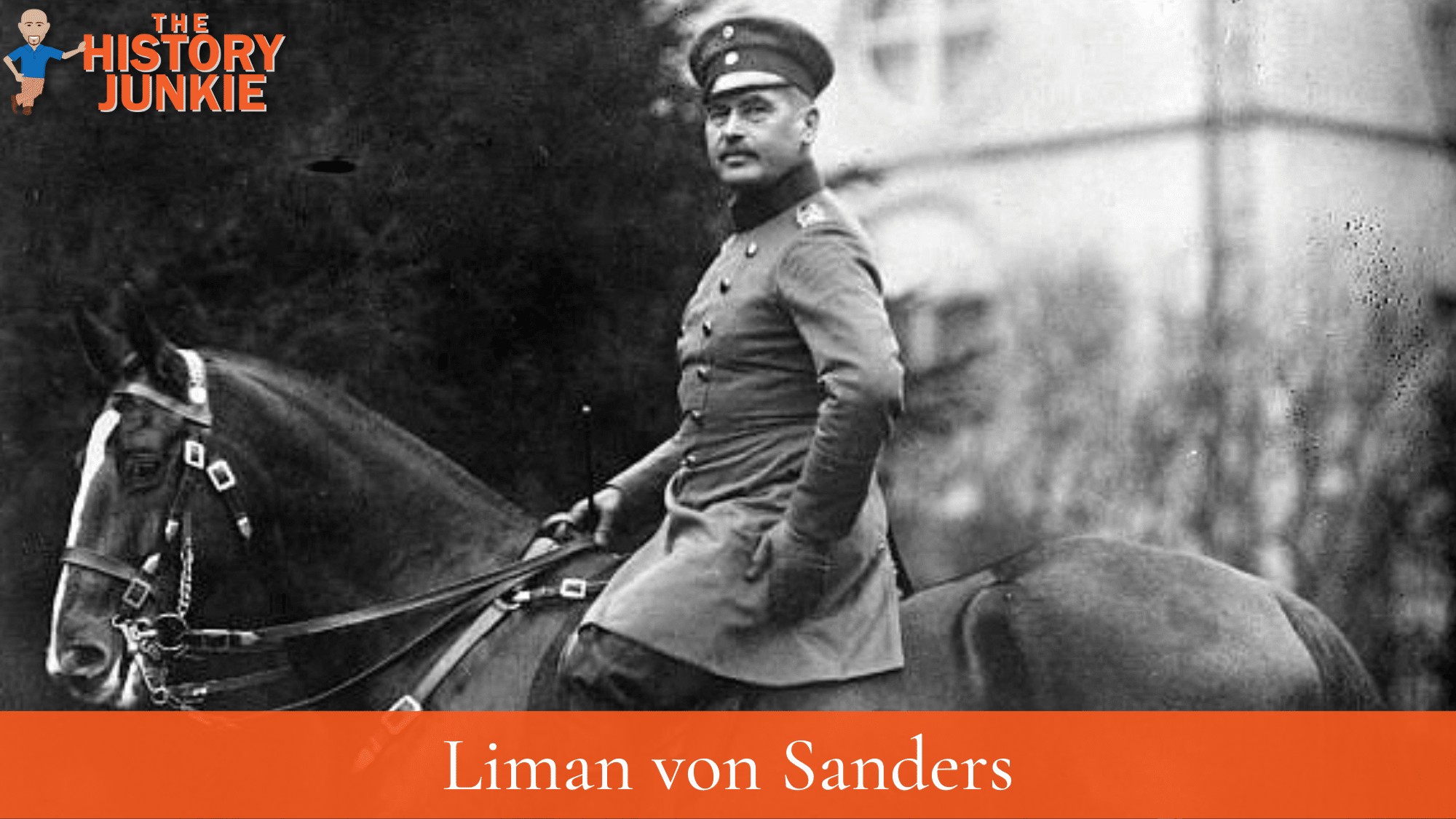
Hesitation began to set in while the Allies prepared for an overwhelming ground offensive. This hesitation allowed the Ottomans to boost their defense because they knew an attack would be coming soon. The Ottomans would put their defense in the hands of commander Liman von Sanders.
The first landings came on April 25, 1915, on the southern peninsula, where Liman was his weakest. Unfortunately, the attack was mismanaged, and the Allies took heavy casualties despite managing to open two beachheads.
The Australian and New Zealand troops fought well despite being green.
The allies again tried to extend their reach in the southern peninsula but were repelled by Liman and his well-positioned troops. The allies would launch three offensives and meet defeat each time.
#5. Winston Churchill Resigns In Disgrace
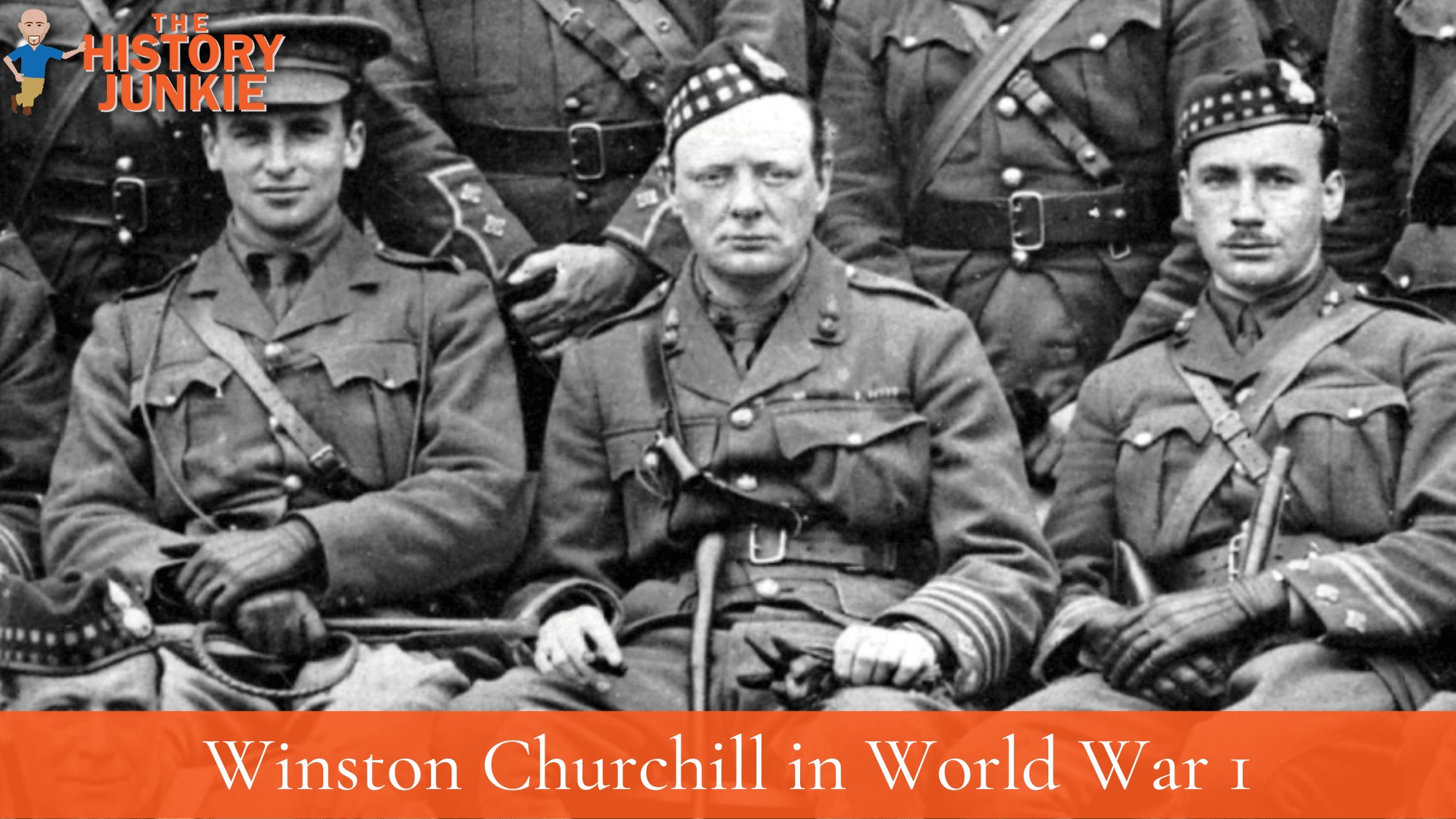
Winston Churchill believed he only needed the power of the Royal Navy to defeat the Turks, and it was a gross miscalculation. The Gallipoli Campaign was resulting in many casualties due to poor planning and terrible strategy.
He went before the War Cabinet in late March to tell them of his failure to capture Turkis forts with a naval bombardment alone. He admitted that ground troops would be needed, which would place much stress on the western front.
Winston Churchill resigned in May 1915. His resignation seemed to signal the end of his political and military career.
However, He would join the army and fight on the western front. He would join the House of Commons, where he argued for better equipment and conditions for soldiers.
#6. The Summer Led To More Allied Defeats

Ian Hamilton had been able to create two beachhead operations a few months prior but was finding it increasingly hard to move forward.
Turk defenses were well positioned, and with Hamilton's men taking heavy casualties, morale began to wane. He requested an additional 90,000 troops but was only sent 25,000.
The Turks began to bring up their reserves at a faster pace than the Allies could bring reinforcements from the Western front. The allies prepared for a three-pronged attack, hoping to break through and turn the tide of the Gallipoli Campaign in their favor.
In August 1915, the Allies under Hamilton launched a three-pronged attack. They saw some success at one of their landings but were quickly repelled. Within a few short days, it was clear that the surge was not going to work.
#7. Salonika Caused The Gallipoli Campaign To End

The Gallipoli Campaign was not working, and the Allies were taking many casualties. To make matters worse, the Central powers invaded Serbia and planned to attack Salonika.
The Allies needed more men to defend a key location and began to recall the men from the Gallipoli Campaign.
With the news of Hamilton's defeats reaching London, it was clear that Gallipoli would not fall at this time and that the Allies needed to move on.
On October 11, 1915, Ian Hamilton received orders to evacuate from Gallipoli.
#8. Evacuation Was The Most Successful Part Of The Campaign
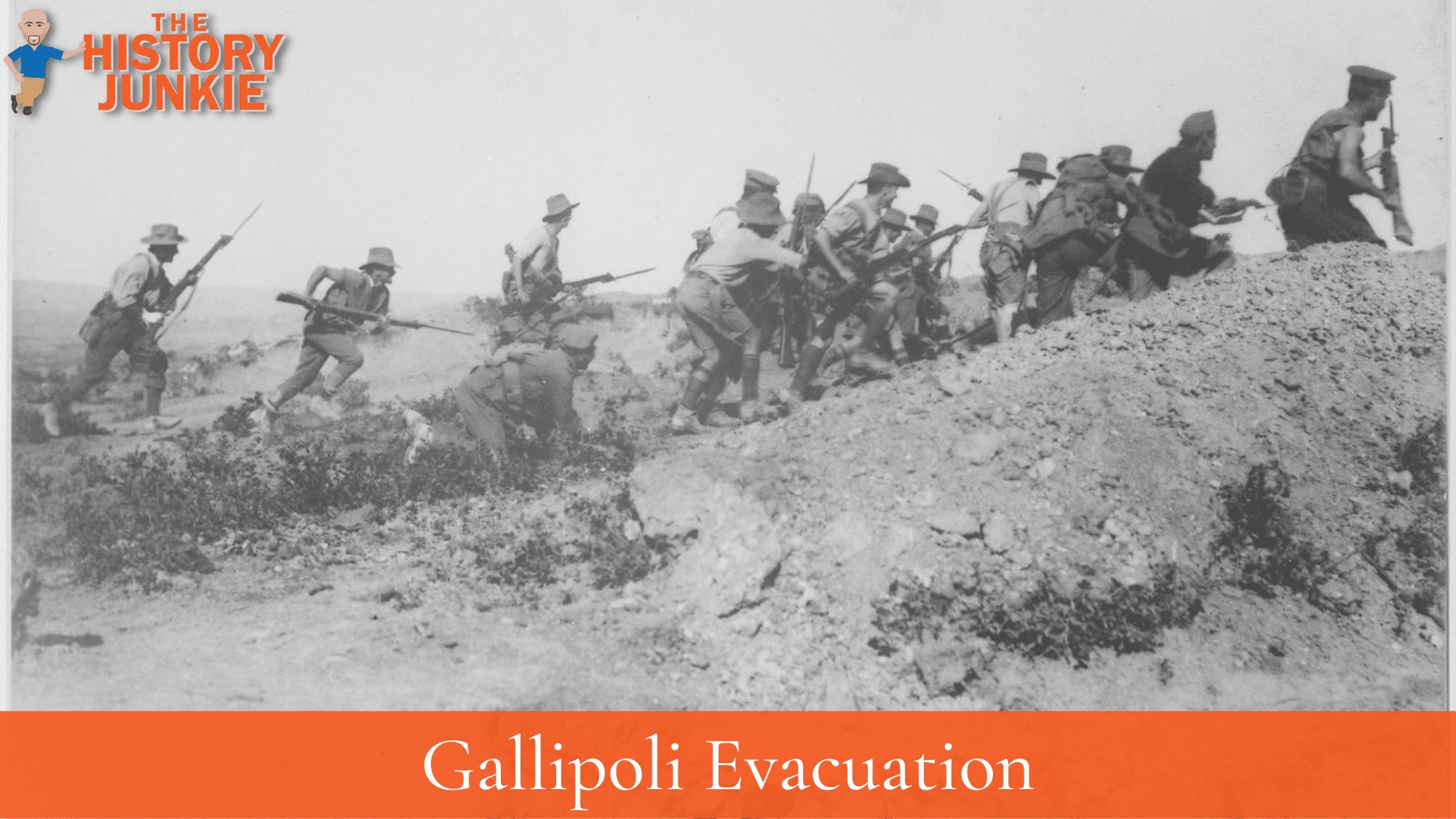
Ian Hamilton was replaced by Sir Charles Monro, who wanted a quick evacuation.
The evacuation of 105,000 men and 300 guns from Anzac Cove and Suvla Bay was successfully conducted from 10-20 December 1915. The evacuation of Helles was conducted - comprising 35,000 men - from late December until 9 January 1916. (Source: First World War)
The final numbers of the campaign were as follows:
- Allies: of the 480,000 troops that fought, 205,000 were British casualties (this includes Australia and New Zealand) and 47,000 French casualties.
- The Ottoman Army had 250,000 casualties.
